E. Roberts
 The holiday season, even to the most even-keeled among us, can be a time of added stress. First there are the social obligations, which, while generally enjoyable, can overextend their demands on our time. Then there always seem to be several projects of the utmost importance that one has to juggle at work around now, and many long nights spent at the office or the workshop, on the road or on the farm. There is however a silver lining to be found, friends, for you and I have discovered the peace that a well-packed pipe and just a little bit of solitude provide, offering a spiritual recharge as anodyne to the holiday hustle and bustle.
The holiday season, even to the most even-keeled among us, can be a time of added stress. First there are the social obligations, which, while generally enjoyable, can overextend their demands on our time. Then there always seem to be several projects of the utmost importance that one has to juggle at work around now, and many long nights spent at the office or the workshop, on the road or on the farm. There is however a silver lining to be found, friends, for you and I have discovered the peace that a well-packed pipe and just a little bit of solitude provide, offering a spiritual recharge as anodyne to the holiday hustle and bustle.
I’ve spent a lot of time this season reflecting on the concept of the past and what draws us to it; why we, as pipe smokers, are perhaps predisposed to a keen fascination with what used to be. There is some merit to the notion that our hobby is just a touch anachronistic. The pulse of society and daily life is hypertensive, geared toward instant gratification. Pipe smokers quietly buck that trend, with the time-consuming, elaborate and ritualistic consumption of Our Lady Nicotine. The basics of our pastime are largely unchanged since man first carved a pipe out of stone in the mountains of Peru some 10,000 years ago; yet now, in the Internet Age, we’re experiencing a resurgence of interest in it propelled by the new concepts of online socialization. Never in our history as a species has so much information been so freely available to so many, and we pipe smokers passionately utilize it to decipher the age and provenance of historied estate pipes and long-out-of-production tobacco tins. Estate pipes in particular are an exemplar of our fascination with the old. Unlike most antique collectors, pipe smokers are likely to actively employ the acquisitions of their collection—and that, by setting flame to them! By comparison, imagine using your priceless Ming vase to collect spare change and pocket lint.
I amuse myself with such mental diversion as I sneak off on Christmas evening to crack open a most treasured gift just received from my sweetheart: a first edition of The Second Jungle Book, by Rudyard Kipling. It’s a handsome clothbound volume, midnight blue with gilt stamping and edges, and it has that wonderful tactile patina of looking and feeling and, importantly, smelling old. Searching my tobacco shelf for a fitting accompaniment, Mac Baren’s Navy Flake seems a wise choice. I’ve been smoking it for a few days and have really settled into an appreciation for its burning characteristics, body and flavor. The next task is to select a pipe, which also presents itself as an easy choice: a newly acquired Dunhill Zulu, in the Ruby Bark finish. The pipe has smoked wonderfully already, and I think running a few drams of this easily-maintained flake through it will serve the breaking-in process well.
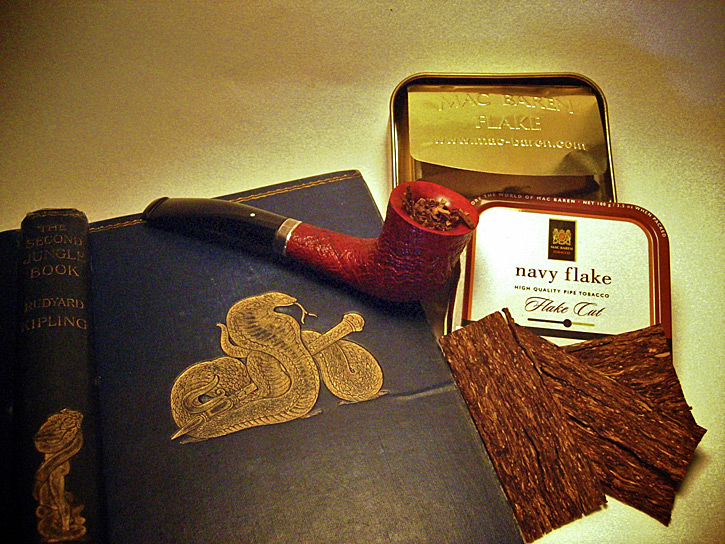
“I have some friends, some honest friends, and honest friends are few; // My pipe of briar, my open fire, A book that’s not too new.” -Robert Service
The book is not too new indeed; it’s dated 1895, and the crisp pages transmit the feeling of age regally as they’re thumbed, with their old-style glare gilding feeling slick under my fingertips. The tobacco is neither too new; a 2012 vintage of the blend introduced in 1965, one of Mac Baren’s most classic offerings. It’s a burley-based blend, highlighted with bright flue-cured Virginias from Africa and a bit of the Mac Baren Cavendish added as a final touch. The tin aroma, when first opened, was brightly floral with overtones of lavender and honeysuckle defining the top of the tobacco scent; now that it has settled down for a week or so, it has mellowed to a fresh hint of the prior sweetness, but is every bit as appetizing. The pipe, too, has a couple of years already under its belt, being a 2011 piece that I generously gifted to myself this Christmas. In the spirit of giving, and remembering that it’s the thought that counts, I was kind enough to wrap this up and put it under the tree, which, for some reason, caused extensive and prolonged eye-rolling from the aforementioned sweetheart. I’ll save the topic of trying to understand women for a future article, however.
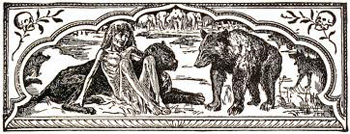
He is Fear, O Little Hunter, he is Fear!
The tobacco, like the book, offers the regal presentation of days gone by. The rectangular 100-gram tin is stout and compact, with the burgundy-bordered white field displaying the name and Mac Baren crest in very understated Danish fashion. Under the lid, heavy and embossed gold-foiled paper leaves are wrapped around the precisely stacked flakes, two piles of uniformly 1½ inches by 3 inches, sliced to a 1.4 mm thickness. I marvel at how tightly packed the tigerstriped cross-sections of tobacco are, and recall that Mac Baren leaves their flakes under pressure a full thirty days, which must aid making such accurate and thin slices. The Virginias, mainly of the drier African variety, play support here for the burley, though they stand a bit forward in the tin note of fresh wildflower and grassy hay. The burley is mild in aroma, lacking the stronger chocolaty notes of some American burleys, but very well balanced to dictate the tempo and body of the smoke with a great, creamy mouthfeel from the light through to the heel.
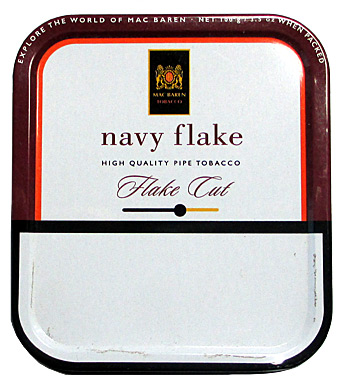 |
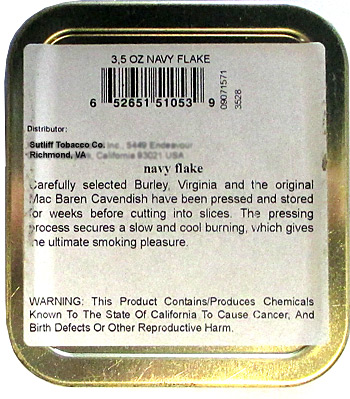 |

Mac Baren’s precision-cut flakes.
Preparing flakes for the pipe is one of the more enjoyable rituals of the way we consume our weed. The cylindrical bowl of the Zulu, just over ½” by 1¼” deep, is perfect to accommodate one flake, folded into thirds, stuffed with a light twist and a tamp of the stray ribbons. I find that the Navy Flake is only faintly moist straight from the tin, at the appropriate level to carry all the flavor of the smoke yet burn quite easily without being rubbed out, and without requiring dozens of matches and an acetylene torch like some other navy flakes (Penzance, I’m looking at you). No, this stuff goes in easy, and I find it far more satisfying and with a greater dancing interplay of flavors when smoked whole flake.

And the snake shall be your watchman…
A proper charring light is crucial to the success of any attempt to smoke whole flake. One should strike the match, wait a few seconds, then apply it to the tobacco with a few hearty puffs to singe the top in its entirety; stoke and nurse the fire for a few moments, then summon the willpower to set the pipe down to cool for several minutes, no matter how good it tastes—and the peppery top of the charring light does taste good with this blend. I go to the kitchen and fix myself a cup of Earl Grey in the meantime, letting the tobacco settle a good six to eight minutes. Returning to the easy chair, settling back into the blanket and propping the book on my knee, I find the bowl ripe for the true light. One of the many characteristics that recommend this blend is its ease of smoking, and I sail through a solid forty minutes of reading before a relight is necessary to finish the last of the bowl. The flavors are full yet not challenging, with the light hay and floral top bowl making a gracious segue to a creamier, slightly spicier mid bowl, marked by faint woody notes, roasting almond, a hint of thyme and cardamom, and a room note that carries in it a trace of blackcurrant. The Mac Baren Cavendish of steamed and sugared burley picks up in the middle bowl as well, lending a rounded sweetness to the body and mouthfeel. The effect is hypnotic as I read of the further exploits of Mowgli, Baloo and Bagheera. Kipling was a favorite author as a child, and the inspiration for my own travels in India. Reliving the vivid imaginings of the stories I read in my youth, now with a pipe and cuppa as companions, is a Christmas gift in itself.

And we be comrades, thou and I
After tapping out the ashes of the first pipe, barely warm in my hand, I deliberate for only a minute before deciding another pipefull is in order. The Zulu is performing like a champ, smoking slow and cool with an easy draw, and the Navy Flake is really making it sing. The tea is warming and cleansing to the palate, and the tobacco is very well balanced to suit. The Virginias are mild in sugar content, and thus quite gentle to the tongue, never threatening a bite nor encouraging smoking too hot. There is only the very slightest hint of that trademark Mac Baren sweetness of maple sugar; just enough to know it’s there. A second bowl sees me through a few more chapters, and a third carries me to the end. The end of a bowl, the end of a night, the end of Christmas and the year, well spent retreating into these old stories in an old book, enjoying an old blend.

Because we loved him with the love that knows but cannot understand.









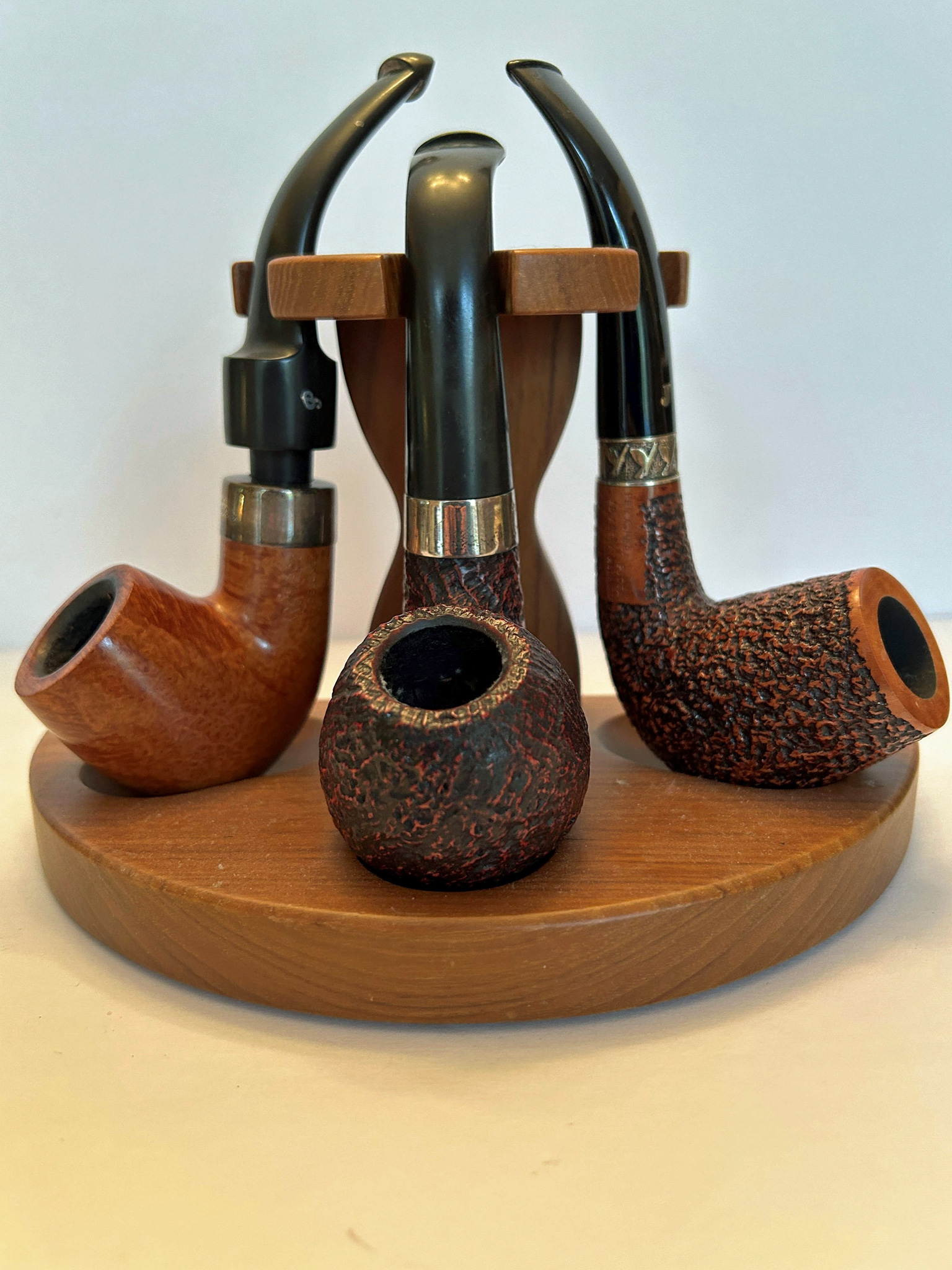
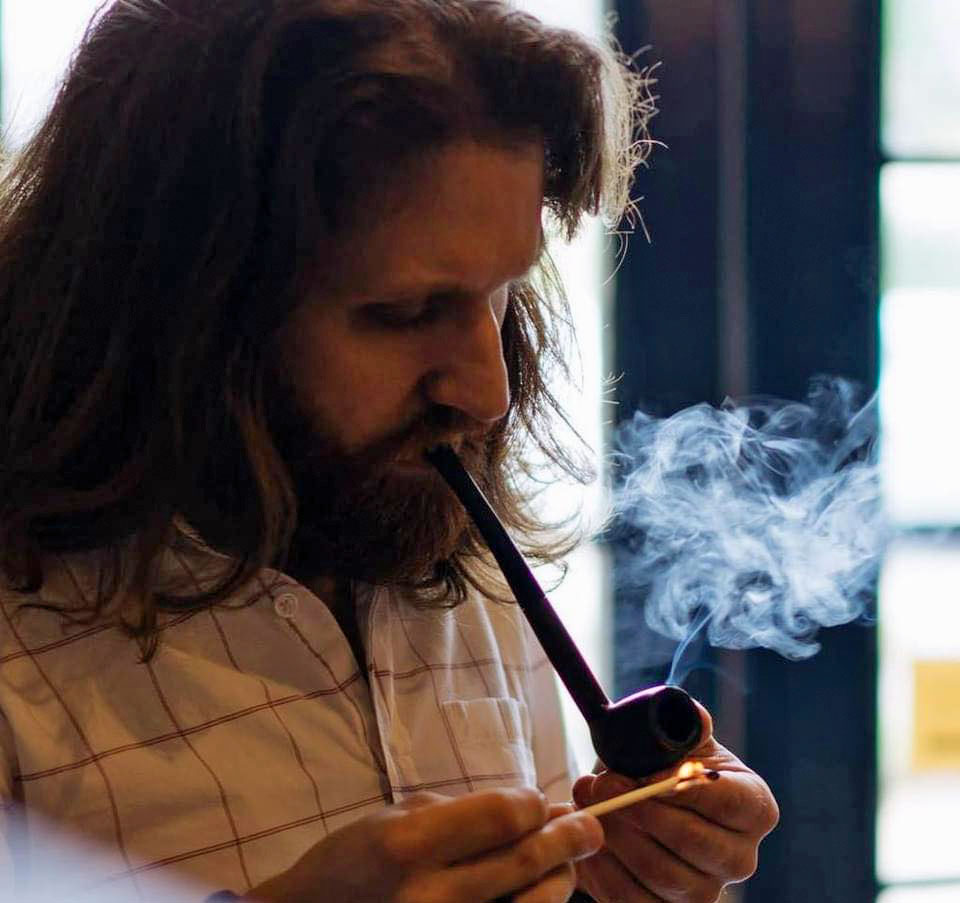
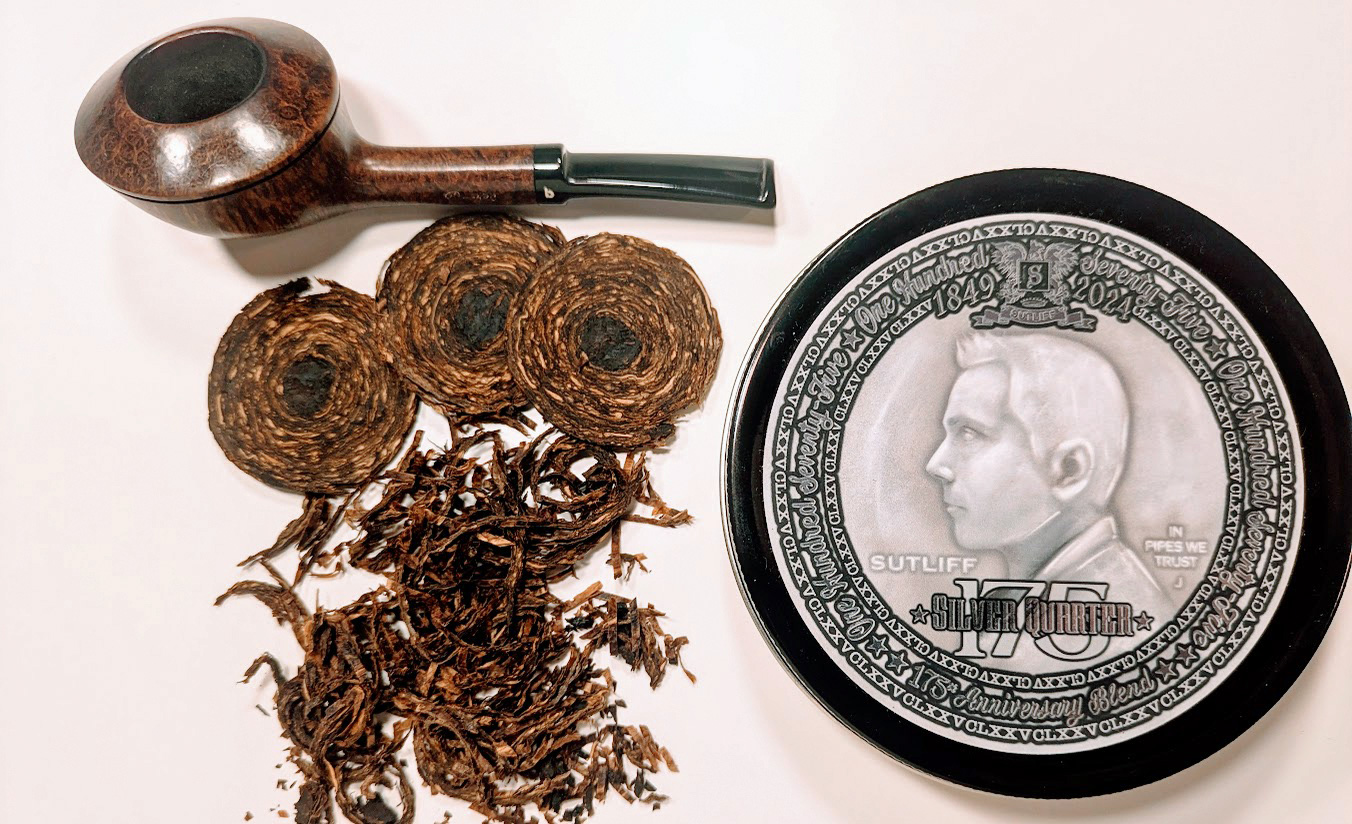





Sounds like a wonderful experience indeed!
It’s so much like those moments I have while sitting back with a favorite pipe friend or even a new pipe and one of my favorite blends while enjoying a book or magazine or even just listening to some of my favorite classical music on the CD player.
Such is the enjoyment of the pipe and a good tobacco.
“….marked by faint woody notes, roasting almond, a hint of thyme and cardamom, and a room note that carries in it a trace of blackcurrant.”
Bill is smoking on a totally different level than I am.
I just happened to smoking a bowl of this when I read the article. It’s an aesome blend I think the author summed it well when he said:
“There is only the very slightest hint of that trademark Mac Baren sweetness of maple sugar; just enough to know it’s there.”
That slight sweetness is what I personally look for in a tobacco and is what I love about Mac Baren navy Flake.
Great review.
Thanks (I think) kc 😀
.
@natibo – it’s been quite a pleasure really getting familiar to a single blender these past few months. It all started way back after last year’s Chicago show, with [url=http://bit.ly/BLBreview] the Burley London Blend review [/url] , particularly poignant now that it’s going the way of the dodo.